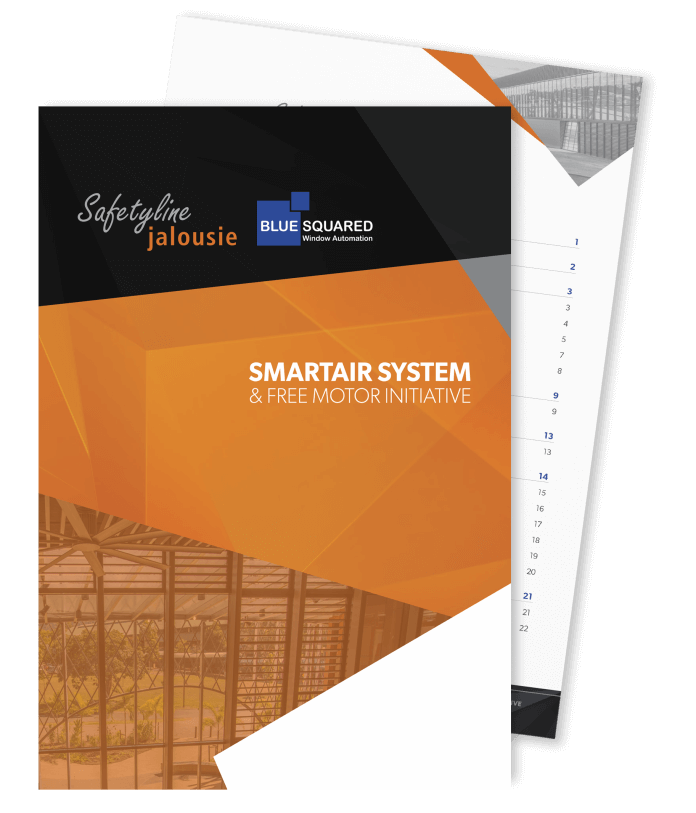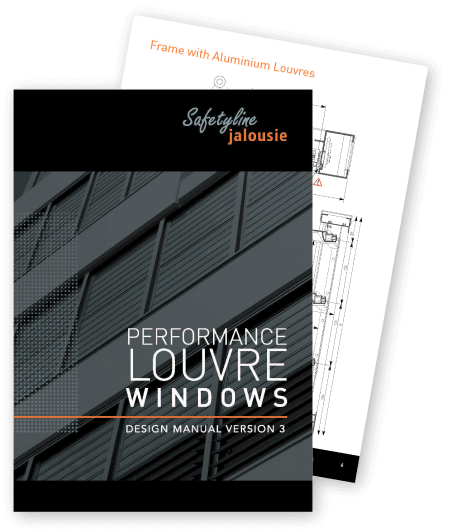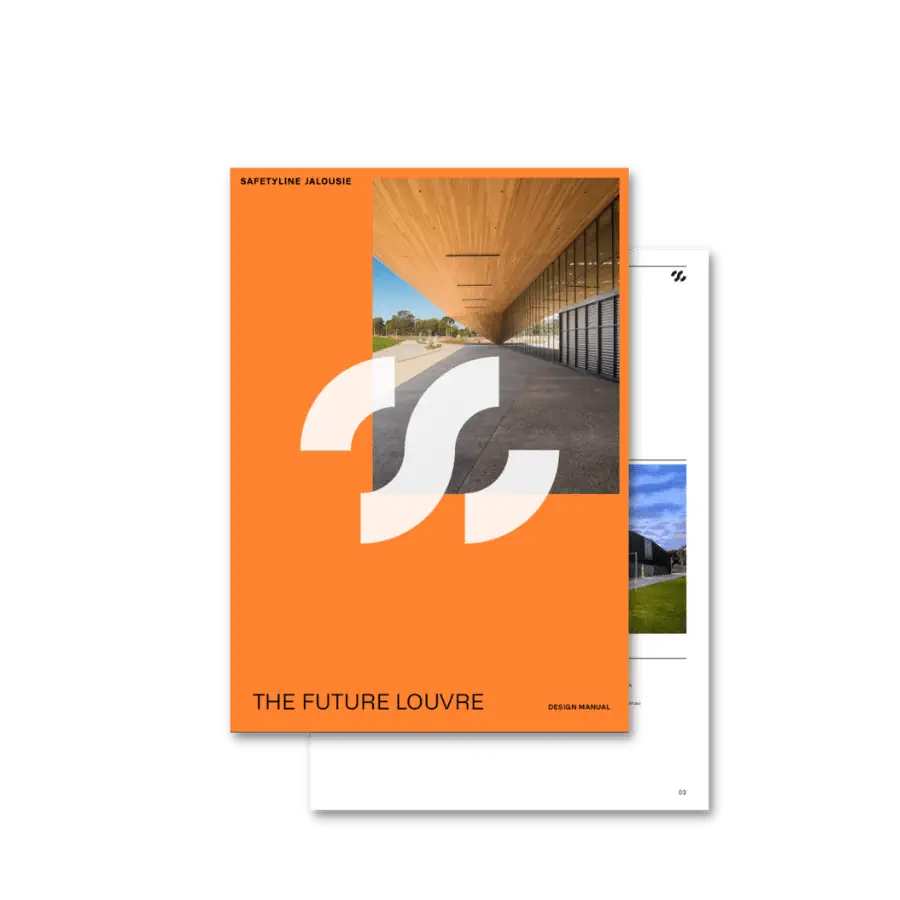The recent increase in energy rates across Australia has prompted businesses and homeowners to look for ways to save energy and identify “air leaks” to improve their heating/cooling system’s energy efficiency. Windows and doors are amongst the most common areas for air leakage in a building’s structure. For windows, it can be around the window if it has not been installed correctly or through its openings if the system does not seal properly when closed.
When most people think of louvre windows, the benefit of natural cross flow ventilation generally comes to mind. When fully open, louvres allow twice as much air to circulate compared to traditional window designs. By maximizing cool breezes, the need for air conditioning in summer is significantly reduced. But what about in winter when the louvres are closed? Louvres have often been regarded as “inefficient insulators” due to their inability to seal when the glass blades are flushed against each other. Traditional louvre window designs do not have weather stripping or the barriers necessary to keep air from forcing its way in (or out).
Fortunately, Safetyline Jalousie louvre windows have been designed with this in mind. Each louvre blade is framed on 3 sides and when in the closed position, the glass compresses the EPDM marine grade rubber seals which run along the full length of each blade. Polyethylene brush gaskets are also fitted on the upright sections to further restrict air leakage.
Window selection and installation is covered by the Australian Standard AS 2047. It suggests that window leakage of above 5.0L/s/m2 is considered high and window leakage of 1.0L/s/m2 is a low rating (which should ideally be targeted when specifying any window product). Safetyline Jalousie louvres significantly outperform the industry standard at an impressive 0.25L/s/m2. This means that in winter, warm air can be kept in and harsh elements and draughts kept out.
With Safetyline Jalousie, louvres can now be a suitable option for any climate and energy bills can be reduced all year round.






















